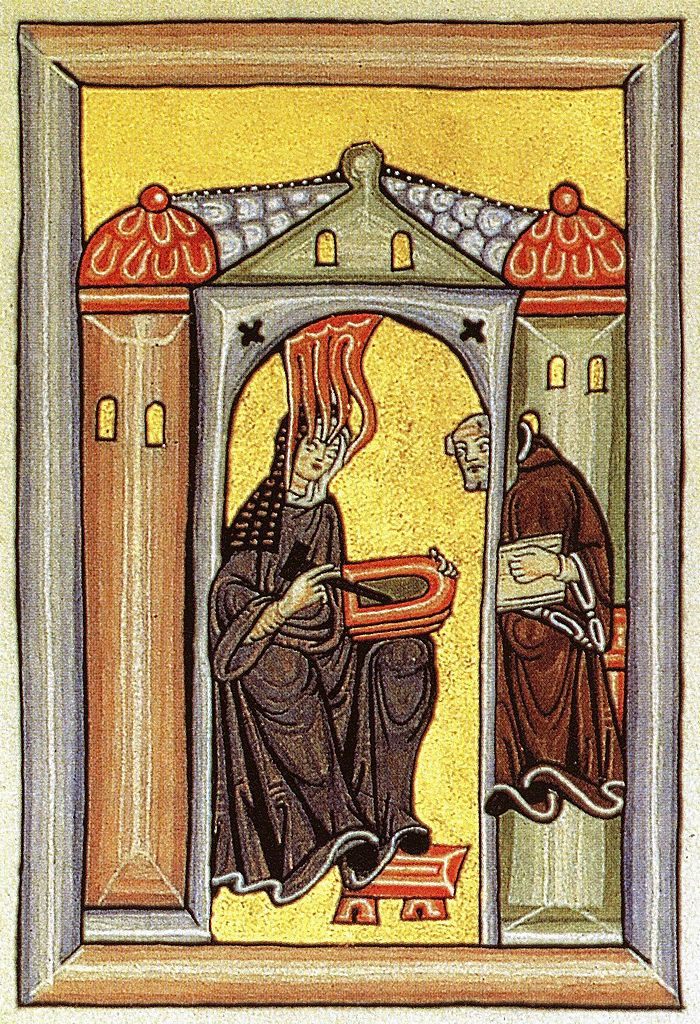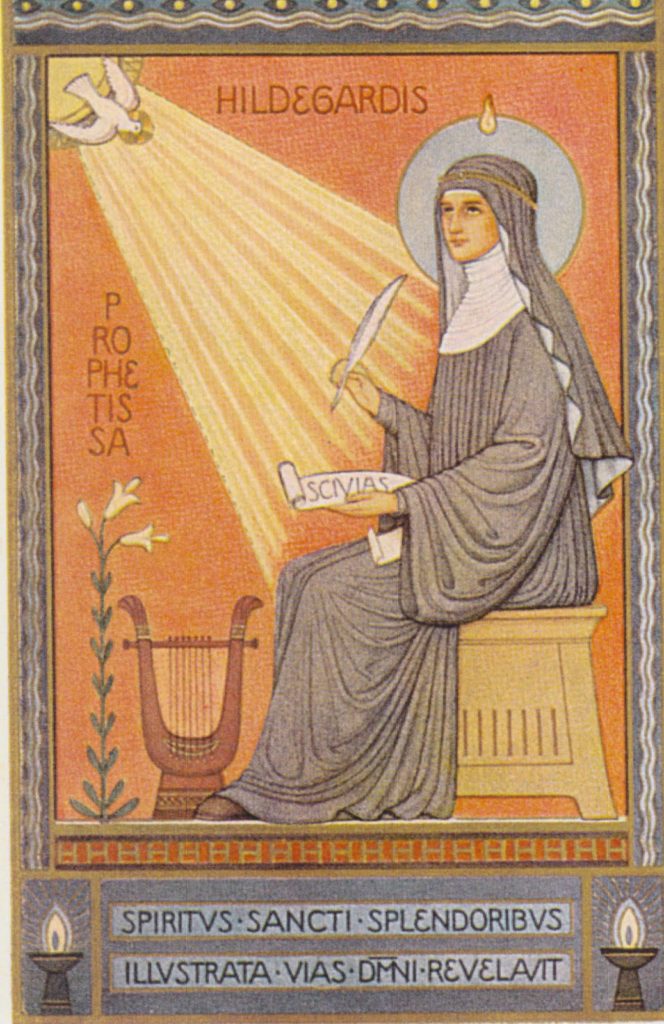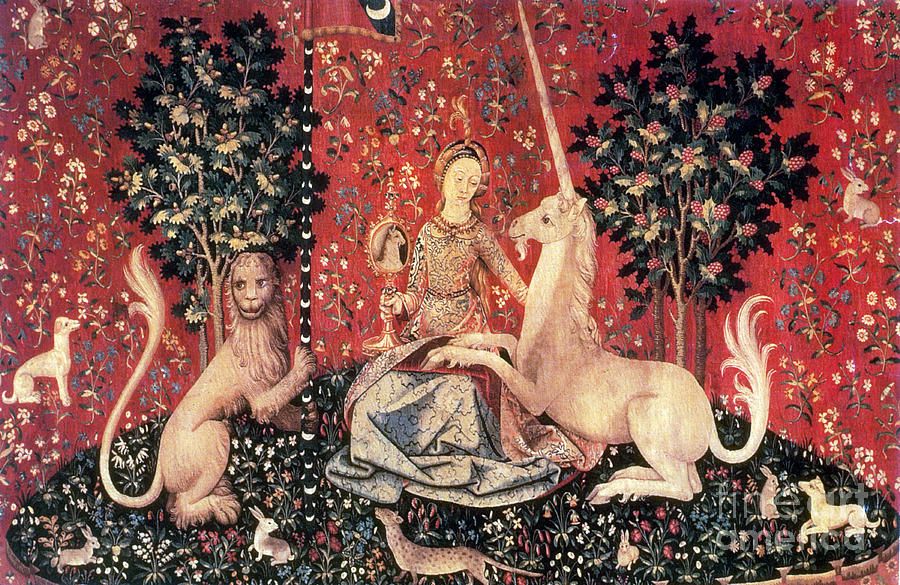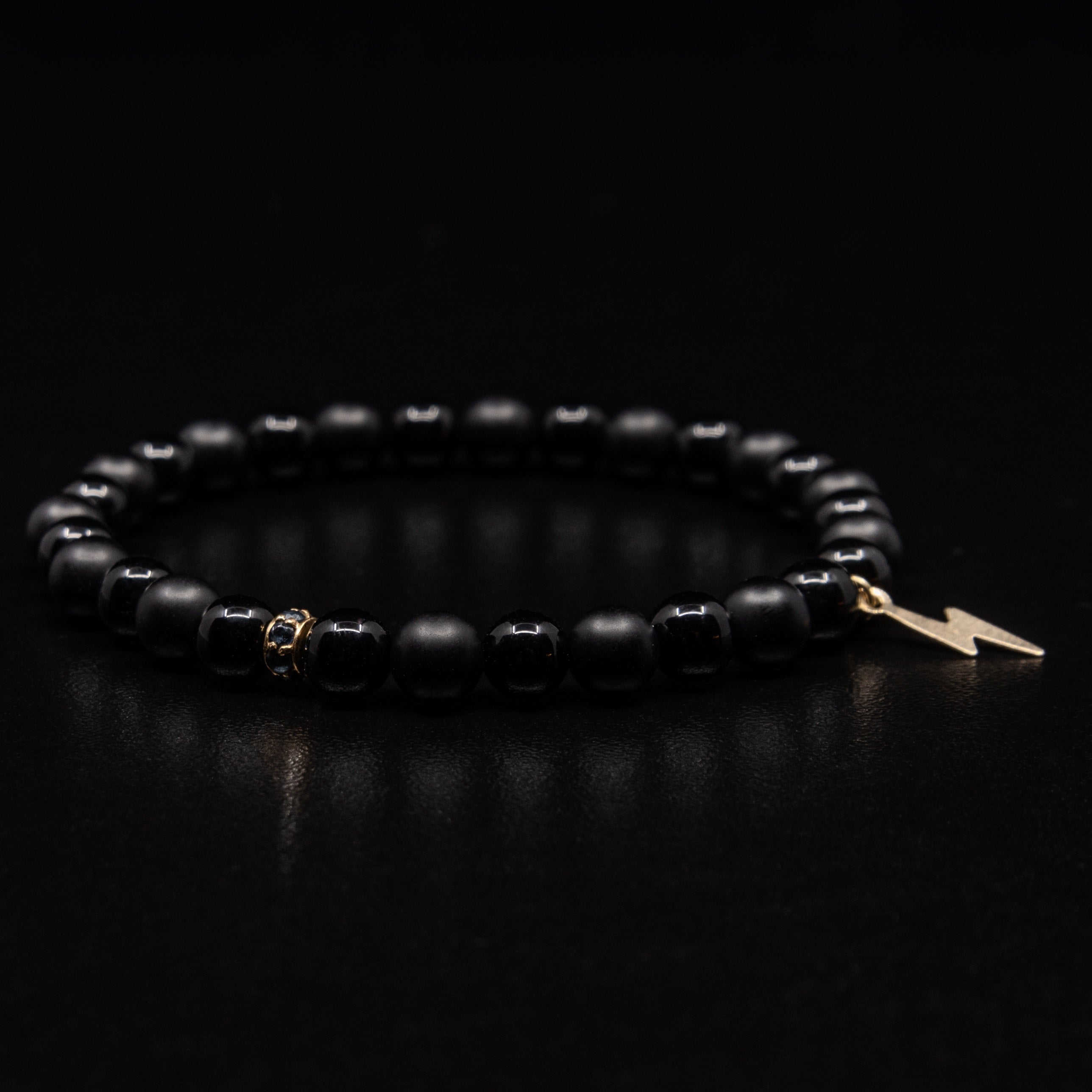Saint Hildegard von Bingen: The Lost Christian Mystic Who Knew the Truth About Crystals
Witches and New Age frauds have hijacked what rightfully belongs to God.
Christianity was never meant to be watered-down or lifeless. It was born in fire—mystical, radiant, and full of divine intelligence. That’s why the legacy of Saint Hildegard matters to ÉLYON.
She wasn’t just a cloistered nun. She was a prophetic force.
Saint Hildegard saw the heavens before telescopes, described divine order before science, and understood the sacred power of stones long before the occult twisted it into trend.
She wrote of stones not for “manifestation” or magic, but as witnesses to God’s glory—forged by His hand, vibrating with His purpose. Her visions eclipsed fantasy. Her wisdom bridged heaven and earth. And her voice was unmistakably divine.
Before the modern world severed faith from the natural world, Hildegard stood in that sacred in-between—where theology met medicine, where sound was healing, and where every plant and stone had meaning.
Today, both religious institutions and scientific elites suppress the truth of holistic well-being.
Saint Hildegard shatters that lie.
She reminds us: True healing—physical, mental, and spiritual—comes only through alignment with the divine order of creation.
Christianity was never meant to be soft. It was epic.
Unicorns. Gryphons. Celestial warfare.
A cosmic drama between heaven and hell that would make modern fantasy seem dull.
ÉLYON exists to recover that forgotten world—and restore it, stone by sacred stone.

Mystic
Saint Hildegard of Bingen was a true Christian mystic, experiencing vivid, cinematic visions of heaven, the cosmos, and divine wisdom from the time she was a child. Unlike vague, esoteric spirituality, her revelations were detailed, prophetic, and so profound that even the Church recognized them as authentic. She didn’t just see glimpses of the divine—she walked in it, wrote about it, and composed music to reflect it. If she lived today, she would be the most powerful voice against the soulless materialism that blinds people to the supernatural reality of God.

Scientist
Saint Hildegard of Bingen, a Doctor of the Church, was a 12th-century visionary who wrote groundbreaking books on divine revelations, holistic healing, and the sacred power of nature. In works like Scivias and Physica, she explored everything from celestial visions to the healing properties of stones. A fearless truth-teller, she defied corrupt leaders, composed ethereal music, and left behind wisdom so profound the Church honored her nearly 900 years later.
Read Now
Prophetess
God didn’t just speak to Saint Hildegard—He gave her the sight to perceive the unseen, revealing spiritual realities most could never fathom. She fearlessly stood against corruption in the Catholic Church, calling out high-ranking men as hypocrites under Satan’s influence. Saint Hildegard’s visions were nothing short of cinematic—blazing wheels of fire, the cosmos unfolding like a living manuscript, and divine beings revealing secrets of creation so profound they make modern fantasy look dull in comparison.

Saint
Saint Hildegard was canonized as a saint by Pope Benedict XVI on May 10, 2012. Despite her widespread veneration for centuries, her formal canonization process began in the 20th century and Pope Benedict XVI also recognized her as a Doctor of the Church in October 2012, making her one of the few women to hold this distinguished title in the Catholic Church. To this day, her abbey, situated above Rüdesheim and the Rhine river, stands as a testament to her legacy.
Visit Her Abbey
Composer
Saint Hildegard of Bingen wasn’t just a visionary—she was a divinely inspired composer whose sacred music transcended time. Her ethereal chants, recorded in Symphonia Harmoniae Caelestium Revelationum, were designed to lift the soul closer to heaven, with melodies so hauntingly beautiful they feel like echoes from the divine. At Élyon, every crystal listens to her celestial harmonies before being shipped, absorbing the angelic vibrations of her music—so when you receive them, they arrive infused with holiness, carrying the same sacred energy that inspired Saint Hildegard nearly 900 years ago.
Listen Now
Linguist
Saint Hildegard of Bingen was a linguistic pioneer who, much like J.R.R. Tolkien with Elvish, created her own mystical language, Lingua Ignota ("Unknown Language"). Consisting of 900 unique words and an alternate alphabet, she claimed it was divinely revealed—a sacred tongue meant to reflect the purity of heaven. Fluent in Latin and Middle High German, she used language not just as a tool for communication, but as a bridge between humanity and the divine. If she were alive today, she wouldn’t just write fantasy—she would outshine every modern fantasy author, weaving epics so rich in mysticism and divine wonder that Tolkien himself would take notes.

Healer
Saint Hildegard of Bingen was a pioneer of holistic healing, centuries ahead of modern medicine. In Physica and Causae et Curae, she documented the medicinal properties of herbs, gemstones, and animals, emphasizing that true healing comes from the harmony of body, mind, and soul. Unlike today’s pharmaceutical-driven approach, she saw illness as a disruption of divine balance—treating not just symptoms, but the spiritual and emotional causes of disease. To this day, her remedies cure ailments modern doctors still struggle to understand—minus the side effects.
Read Now
(pre)Reinaissance Woman
Saint Hildegard of Bingen was a Renaissance woman before the Renaissance even existed—a visionary polymath who excelled as a writer, composer, scientist, healer, linguist, and theologian. She wrote books on medicine, created her own language, composed celestial music, and fearlessly challenged corrupt authorities, all while experiencing divine visions that shaped Christian mysticism. Unlike the passive image often associated with medieval nuns, Hildegard was a force of intellect and creativity, proving that faith and brilliance are not mutually exclusive.

Did you Know?
The Dark Ages?
Just for fun, Hildegard taught children how to catch unicorns and even invented her own 900-word language with an alternate alphabet.
About Us
Sanctum ÉLYON

MYTH
In a world where sacred knowledge has been buried, suppressed, and erased, ÉLYON resurrects the lost treasures of creation—stones of...
Continue Reading
FOUNDER
From an early age, he was drawn to the wisdom of ancient civilizations, their writings, and the sacred knowledge hidden in plain sight, and the mysteries of...
Continure Reading
ORIGIN
This isn’t your ex-girlfriend’s crystal shop—ÉLYON is a sanctuary of heritage and spirituality. Stepping inside, you’re transported to a space where ancient wisdom meets...
Continue Reading
MUSE
Witches and new-age frauds have hijacked what rightfully belongs to God. Christianity was never meant to be a watered-down, lifeless thing, stripped of...
Continue ReadingFeatured collection
FOUNDER'S FAVORITES
"As the founder of ÉLYON, I envisioned a brand that went beyond luxury, offering a deeper connection to our ancient heritage and our Creator, the Most High. Each piece holds profound meaning, designed to remind us of our roots and inspire a journey of spiritual alignment and purpose." -Elías Meraz

















